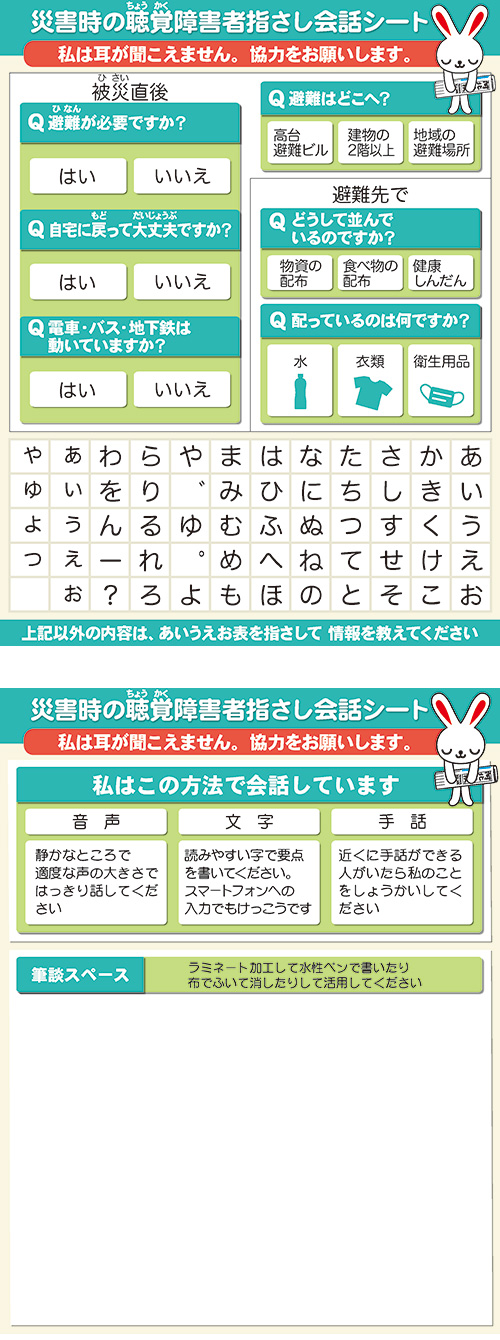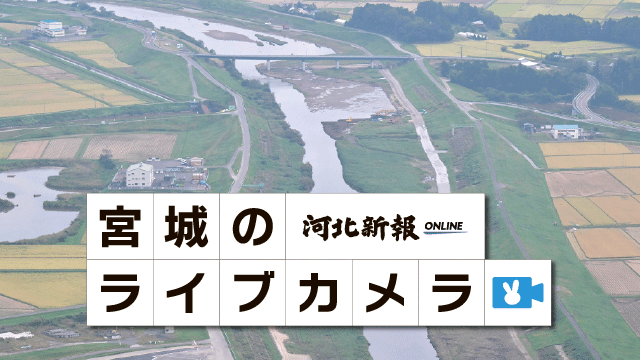Part 8: Teachings (2) Tsunami Tendenko (to each his/her own)/Evacuation and Rescue, Haunting Indecis




The tsunami approaches. Save yourself by disregarding others or face mutual destruction by attempting to save loved ones. This was the dilemma that people faced.
The violent quake scattered the shop’s soy sauce and cooking oil across the store’s floor. That day, in Unosumaicho,Kamaishi City, Kyoko Nihonmatsu (67), fleeing the tsunami, ran out of her home where she also managed a rice store. Then, thinking of an elderly couple, ran off for them.
The elderly couple lived in a house 100 meters away. They had grown close and she thought of them as a part of her family. The 80-year-old woman sat in the entranceway holding a bundle of belongings while the old man was putting away an incense holder.
“It’s a tsunami. Let’s go to the shrine!” She beseeched them to flee to the Unosumi shrine. The old man said, “You take care of grandma”, “I’m older so it’s alright.” He showed no intention of moving.
There was no time. Reluctantly, she helped the old woman evacuate to the shrine. Moments later, the tsunami engulfed the couple’s home. “Ah-, not grandpa too-”. The old woman fell apart in tears.
Tsunami Tendenko. Tsunami researcher, Fumio Yamashita from Ofunato City, who passed away at 87 in December 2011, came up with the term. Its meaning: to scatter each his/her own way in a frenzied attempt to escape.
“One moment’s indecision is a life sacrificed”, “It’s not a bad thing if you can only save yourself.” The Sanriku region is often struck by tsunamis, which raise these “sad stories” of trying to avoid mutual destruction, according to Yamashita.
During the evacuation drill that occurred on March 3rd before the disaster, Nihonmatsu went to the shrine with the elderly couple. She recalls that the old man had trouble climbing the stairs. She only found out the teaching of tendenko after the earthquake. Although she rationally understood the idea, the feeling was baffling. “If I had only dragged him by the hand…”, she laments.
After the main shock in Kesencho, Rikuzentakata City, firefighter Futoshi Murakami (26) returned home from work and changing into a hanten (traditional quilted winter coat) and boots, headed towards the nearby fire station. While guiding residents, he saw that the Kesen River levee was close to overflowing just 100 meters ahead.
“Damn.” At the evacuation site’s Nakai Community Center he jumped into the passenger seat of his father (60), Koichi’s car. Just as they were leaving, they came upon a man crouched next to the road.
They knew him. He was 80 years old and had a lame leg. “Don’t go!” Shaking off his father’s restraint, young Murakami leaped out of the car.
Carrying the man in his arms two steps, three steps…. Crouching again, they made little progress. “We can still make it, we can still make it”, Murakami encouraged the man. A senior fireman Takeshi Suzuki (42) ran over and together they supported him.
The tsunami was approaching. Their legs were carried off. The man shouted, “Leave me and save yourselves” Then, a wave crashed and their heads were engulfed.
The man was gone. The other two were swept several hundred meters but were narrowly able to escape.
After the disaster, Murakami also learned tendenko. “I wanted to save him. I know that tendenko exists for self-preservation, but if I see someone seeking help I have to go to them.” So he declares, but he can’t erase the doubt. “I endangered my superior.”
Teachings of “Tsunami Tendenko” /Promise made, Preventing mutual destruction/An interview with Professor Katsuya Yamori, Kyoto University Disaster Prevention Research Institute
After the great tragedy of the Great East Japan Earthquake and Tsunami, “Tsunami Tendenko” became widely recognized as the rule of evacuation. However, according to some, there is a false impression that abandoning people who are unable to save themselves is selfish. Professor of Disaster Psychology at Kyoto University Disaster Prevention Research Institute, Katsuya Yamori says that “Tsunami Tendenko” has four meanings. My hope is that the concept becomes communicate accurately in a parent-child dyad and among community”
Kahoku Shimpo : Tsunami Tendenko has become a nationally known term.
Katsuya Yamori : Differing from its original meaning, tsunami tendenko is known nationally as the concept that connotes selfishness and save-yourself mentality. This is due to tendenko (to each his/her own) being discussed as if it were a procedure in a disaster manual. It has become the foundation of an “evacuation fallout”; the impression of keeping out those who cannot evacuate themselves.
KH : Are there other meanings besides that of quickly escaping?
KY : Certainly, the term can be interpreted to mean “self-help.” However, as the originator of the term, Fumiyo Yamashita, puts it, tendenko is a maximum that was born out of the desperate experiences of those families of the Sanriku region, who were affected by the tragedy of mutual destruction after the great tsunami. So it is not just “self-help”.
KH : Additional meanings?
KY : Families in flight take the initiative to push others to evacuate. Furthermore, many establish deep relationships with others prior to a disaster. Without an established relationship, there is a fear of mutual destruction. Parent and child, teacher and guardian, employer and employee, families. In each case if they make a tendenko pact beforehand, they are able to protect each other.
There are also cases when the survivor’s guilt is eased; “It couldn’t be helped because of tendenko.” The phrase is multi-layered, functioning before, during and after the disaster.
KH : It’s been 2 years since the earthquake but survivors’ guilt persists.
KY : What’s important is whether one was able to make a tendenko pact with the deceased before the incident. If a pact was made, the victim is able to obtain forgiveness: “I’m glad you were able to get away.” This can be extended to entire villages. If “more people could have died” then they can be released from their sense of guilt.
KH : Is it possible to establish evacuation support for people who are unable to escape and need assistance?
KY : Of course, the decisions around evacuation and aid may conflict. However, consider this. Mr. Yamashita explains that in tendenko there are lives we cannot possibly save but in the end we allow ourselves to make that choice. In my interpretation of tsunami tendenko, all efforts of evacuation and support are carried out to their very limits.
“The time between when an earthquake strikes and when a tsunami lands has been estimated by the country. By determining the time interval, it is possible to save the elderly and people with disabilities. Although children should always practice tendenko, adults have ceaselessly discussed ways to save their young lives, suggesting various safety drills.”
Katsuya Yamori (50) was born in Osaka Prefecture. He withdrew from the doctoral program with the completion of course requirements at, Graduate School of Human Sciences, Osaka University. He has a PhD in Human Sciences. Serving the current position at Kyoto University since 2009. He specializes in social psychology and disaster psychology and has proposed “individual evacuation training” and “second flight.”
A brief history of Tsunami Tendenko
In 1990, tsunami studies specialist Fumio Yamashita, from Iwate prefecture’s Sanriku Town (now Ofunato City), gave a speech at a symposium in Taro Town (now Miyako City) that became the source of “tsunami tendenko.” He lived through the Sanriku tsunami of 1933. When his family accused his father of fleeing with no thought for anyone else, the father responded, “What?! It’s tendenko.” This became a discussion topic for disaster researchers and produced the word that combines “tsunami” and “tendenko”.
Translated by Margaret Gordon
June 24, 2013(Mon.)
[Japanese] http://www.kahoku.co.jp/special/spe1114/20130624_01.html
 朝刊・夕刊
朝刊・夕刊 記事を探す
記事を探す FAQ
FAQ















